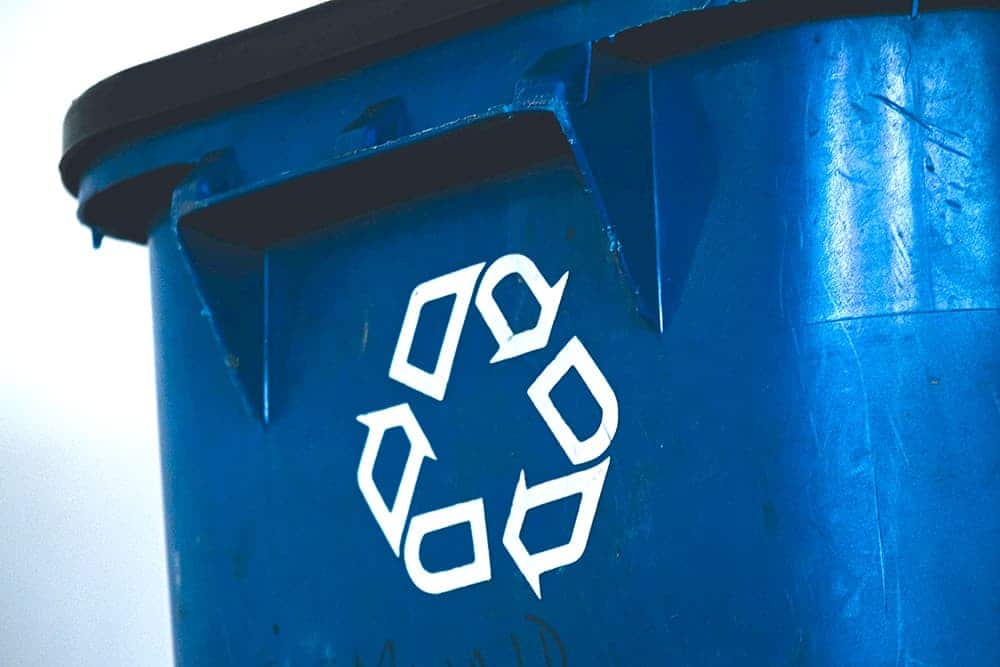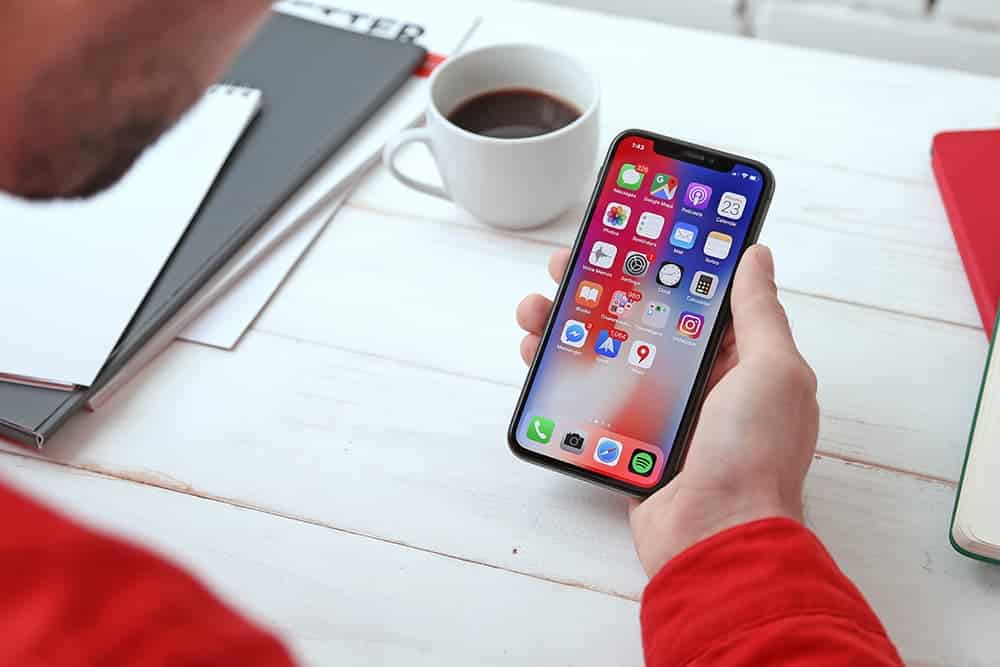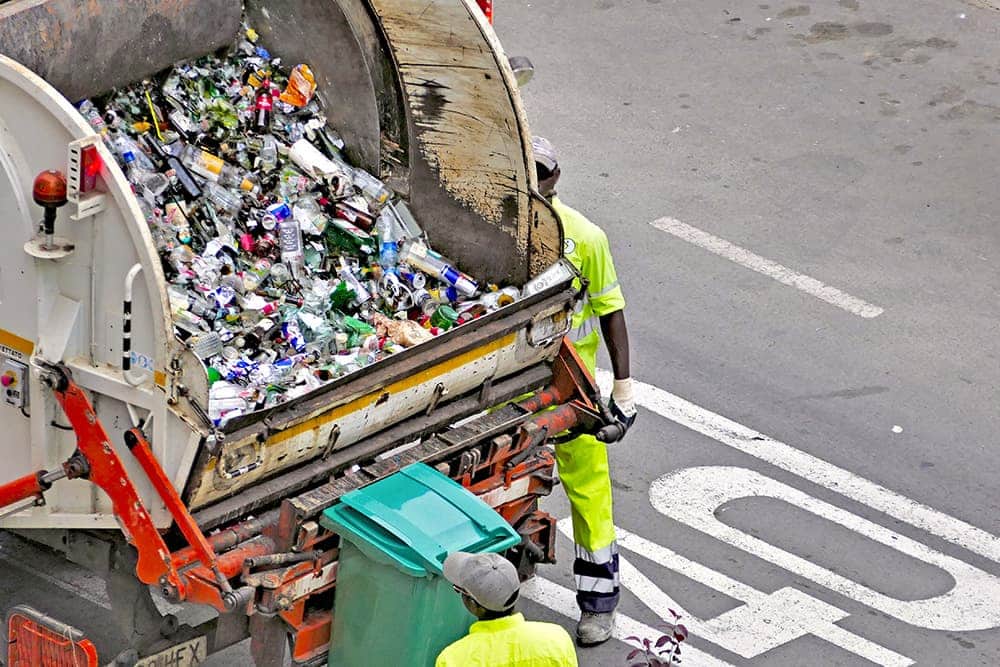What was the challenge or problem to solve?
This case focuses on the UX study of an alternative model for the management of urban waste collection that would meet the current needs of citizens and promote waste recovery. The client’s objective was to promote waste separation by facilitating the integration of organic waste collection, which implied the approach of a new model.

The project provided our client with an overview of the current service situation and an updated model that will integrate the separate collection of organic waste. In addition, the client decided to continue with the basis proposed in our study to develop in the future another more ambitious project, which would be integrable and scalable to several cities.
INFINITA’s Product Development team began by conducting a study with the aim of understanding the current state of waste collection services, analyzing success stories and reaching conclusions that could be applied to the new proposal. Different primary and secondary research techniques were used in this study, such as stakeholder mapping, ecosystem mapping or interviews.
Next, the customer service sequence was analyzed. Through procedures such as customer journey, shadowing and focus group, the interaction of users with the service was observed, which allowed us to extract pain points and study possible alternatives.
Based on this information and taking into account the conclusions obtained, the redesign of the waste collection service and the integration of separate organic collection were addressed. Finally, a blueprint of this approach was presented to the client.
The last step consisted in the validation of the service by the users themselves. Interviews, surveys and focus groups confirmed that the initial hypotheses and the changes introduced in the service met the needs and expectations of the end user.





